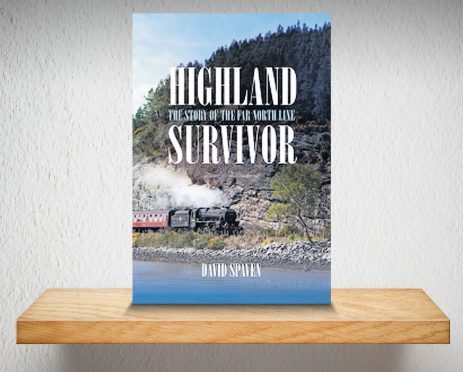Britain’s northernmost and longest rural line, at 168 miles, the Far North Line connects Inverness and Caithness via some of the remotest communities to be served by any British railway.
The author, himself a rail campaigner, does not delve much into the line’s cultural and historical role. There is barely a mention for instance of how the Highland Clearances had emptied many of the glens while the line was being built piecemeal throughout the Victorian era, thus depriving it of vital custom.
And the pictures – an attractive feature of the book – could have been used a lot bigger.
The 300 pages are instead devoted to an examination of the campaigns to save the line, whose closure was contemplated as early as 1936, then actively pursued in the notorious Beeching cuts 27 years later.
Spaven is very strong on the local uprising against this plan, initially by the bizarrely-named North of Scotland Vigilantes Association. Their cause was not helped by the improvements to the road alternative, particularly the “Three Firths Crossings” by bridge over the Cromarty (1979), Kessock (1982) and Dornoch firths.
Spaven reflects on the real significance of the collapse of the Ness Viaduct in 1989. At one time this would have sounded the death knell for a marginal railway.
But such is the commitment to its future that, far from triggering calls for closure, construction of a replacement bridge within 40 weeks was a solid statement of faith in the Far North Line, reinforced by reopening of stations at Beauly and Conon Bridge.
